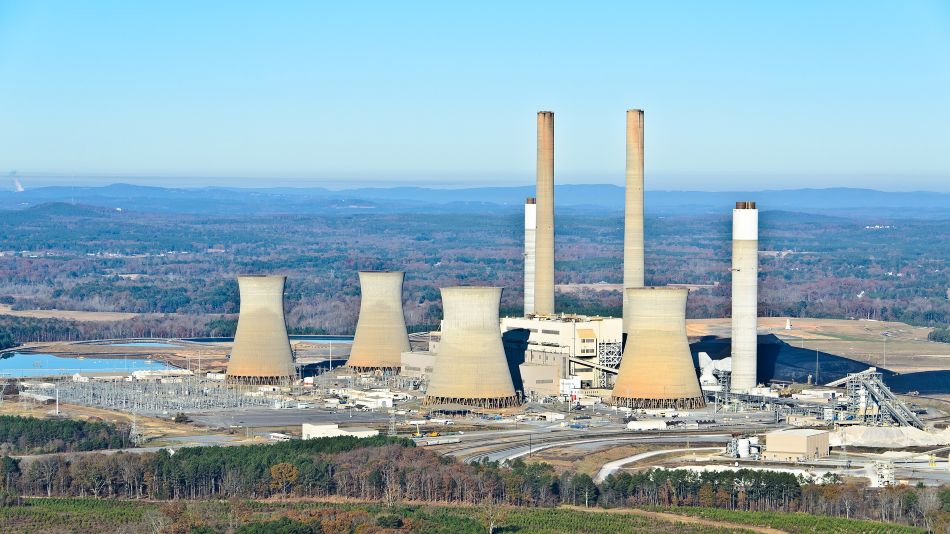European Commission Unveils Green Deal
European Commission Unveils Green Deal
The European Union is laying out a “Green Deal,” a structure of sweeping economic rules and regulations that would transform the 28-nation bloc, home to over 500 million people. Rules for consumers, companies, and financial markets would align with a pledge to make Europe the first carbon neutral continent by 2050. The EU had previously committed to curbing its emissions 40 percent below 1990 levels under the Paris climate agreement.
The EU’s executive arm, the European Commission, plans to cover agriculture, transportation, urban planning, and industries across every sector of the European economy. Under these plans, industrial strategy would be pushed to promote specific technologies, such as battery production that could compete with Asian suppliers. The Commission also seeks to invest trillions of euros into sustainable investment by imbedding environmental goals into banking and insurance schemes.
Planned measures include:
- Stricter industry and vehicle emissions standards
- Stricter air and water quality standards
- Revamped energy taxes
- New rules on companies’ EU-funded subsidies
- Promotion of greener farming practices
While 93 percent of Europeans consider global warming to be a serious threat and while European leaders are inclined to broadly endorse the Deal, smaller European countries, such as Poland, will likely protest the steep costs. To that end, each of the Deal’s measures will need approval from member states and the European Parliament, a binding process that could take over a year. As the Czech Republic, Hungary, and Poland apply for financial aid, the European Investment Bank—the EU’s lending arm—aims to secure €1 trillion in financing over a decade.
To read the European Green Deal in full, visit: https://ec.europa.eu/info/publications/communication-european-green-deal_en



